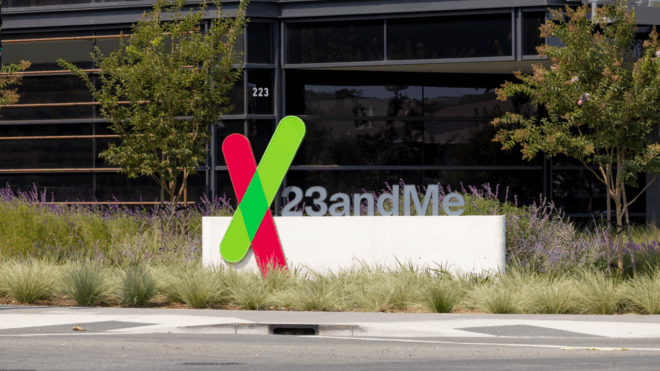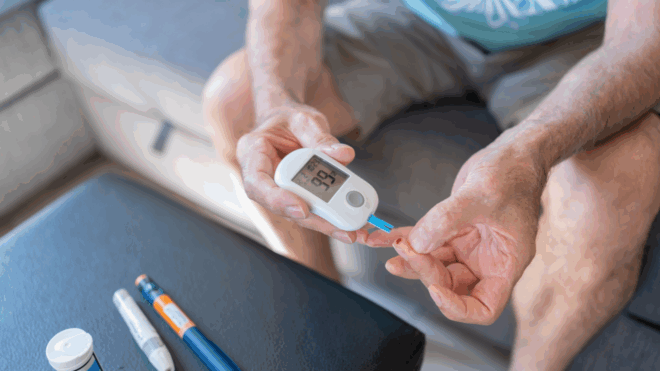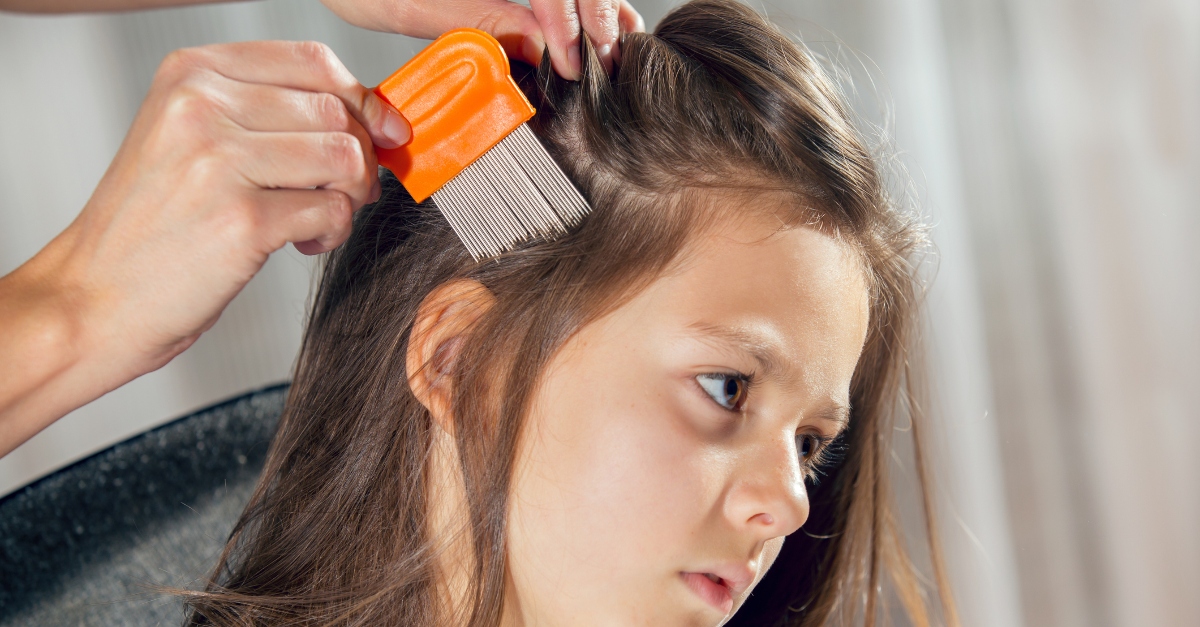
When I was a freshman in high school and my brother was in fourth grade, his entire class got head lice.
Of course, that meant my brother got it. For days, he stayed home from school while my parents picked out the bugs and nits. We tried everything: mayonnaise, tea tree oil, lice combs, medicated shampoos.
Finally, the head lice were gone, and I came out of it scot-free. A month later, my brother got lice again.
Luckily, I managed to escape unscathed yet again, but my entire family learned just how awful these critters are — not just for the person affected, but for everyone in the home.
But what exactly are lice? And why are they so gosh darn difficult to get rid of?
Fortunately, there are ways to avoid and prevent getting lice. If you do get head lice, however, it is totally treatable.
Find out more about preventing and treating head lice below!
Thumbnail Photo: YouTube / KRQE
What Are Head Lice?
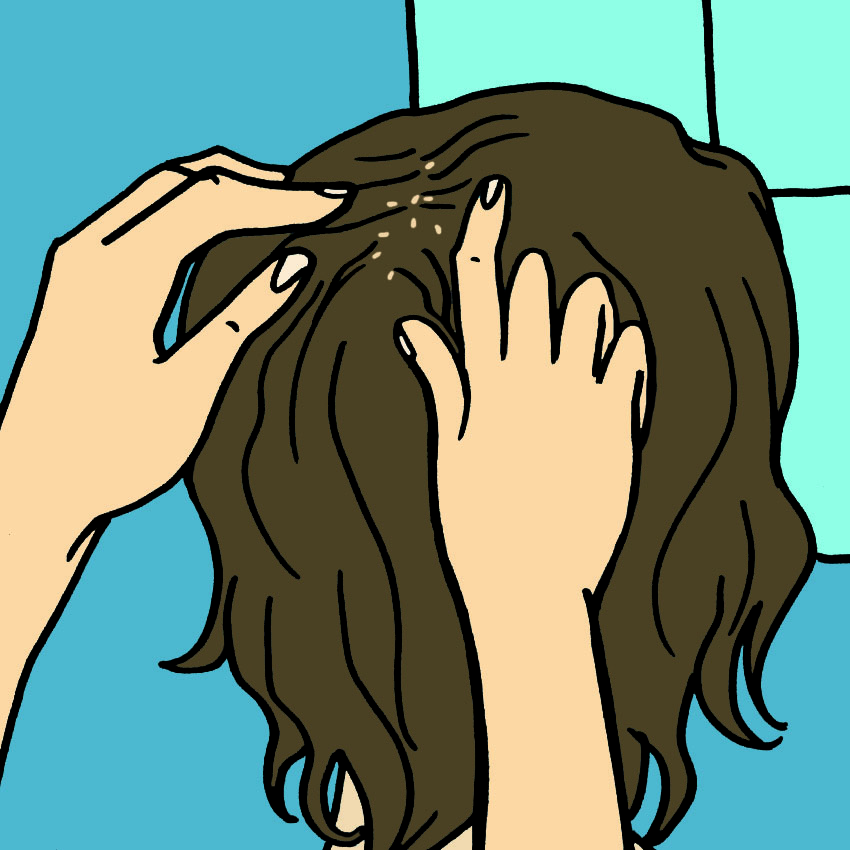
According to the CDC, "The head louse, or Pediculus humanus capitis, is a parasitic insect that can be found on the head, eyebrows, and eyelashes of people. Head lice feed on human blood several times a day and live close to the human scalp."
The reason head lice make your head so itchy is because of an allergic reaction caused by the bites.
How To Prevent Head Lice #1: Don't Share Things That Touch The Head
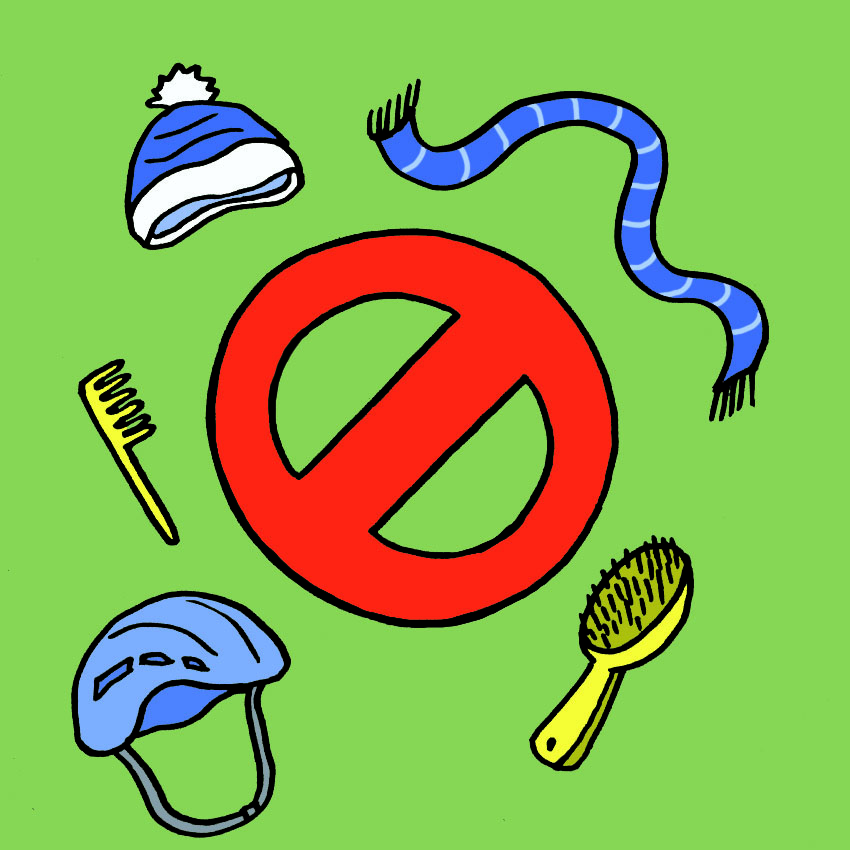
The most common way people get head lice is when there is head-to-head contact with an infested person, while playing sports, having slumber parties, or playing in other ways.
Although it's less common, you can also get lice from sharing clothing or other belongings with an infested person. Never share hats, scarves, hair supplies, sports uniforms, or other items with someone who is infested.
#2: Avoid Sharing Surfaces When Someone Has Lice
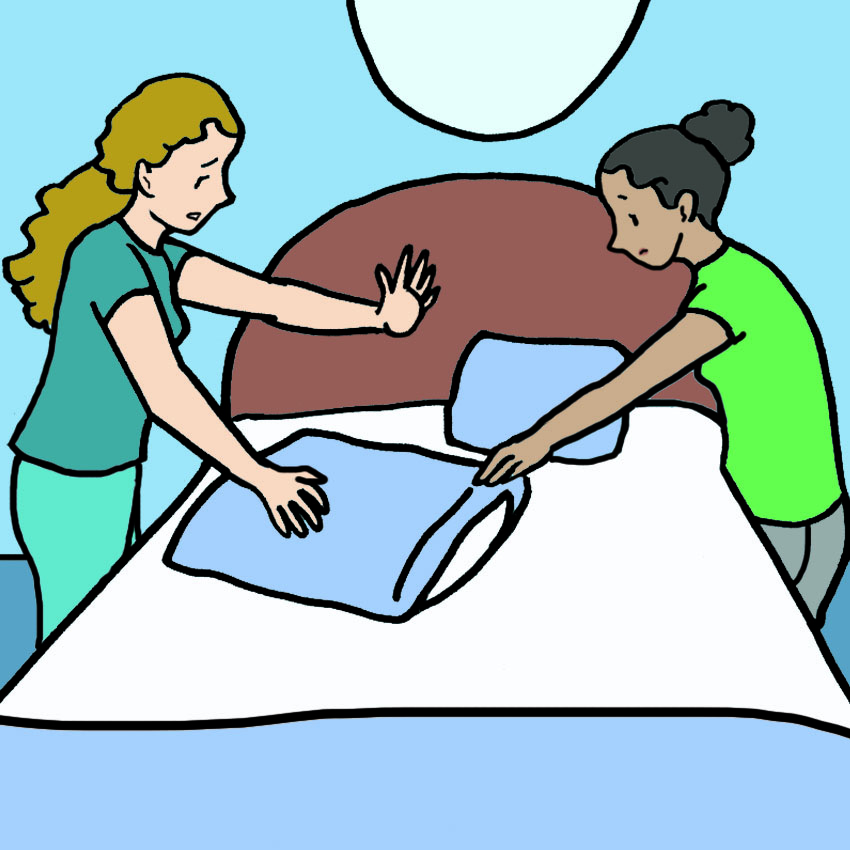
You can also get head lice from surfaces like carpets, pillows, beds, and couches.
If someone you live with has lice, make sure you clean thoroughly before using the same areas they've been using.
How To Treat Lice #1: Identify Lice And Nits
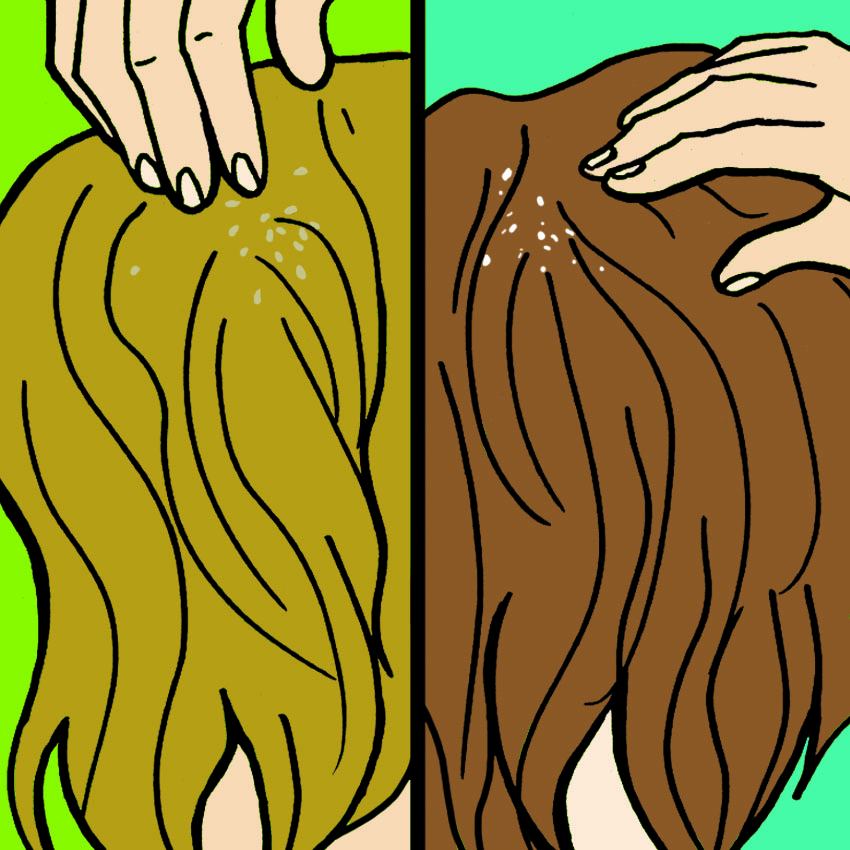
If you think you have head lice, the first thing you need to do is identify the nits and lice on your scalp, explains the American Academy of Dermatology.
It's easier to find eggs — known as nits — than it is to find adult lice, because the eggs don't move.
Nits look like tiny yellow, tan, or brown seeds and stick to individual hairs, close to the scalp. Adult lice look like light brown sesame seeds, and they move very quickly on the scalp and through the hair.
#2: Disinfest Combs And Brushes
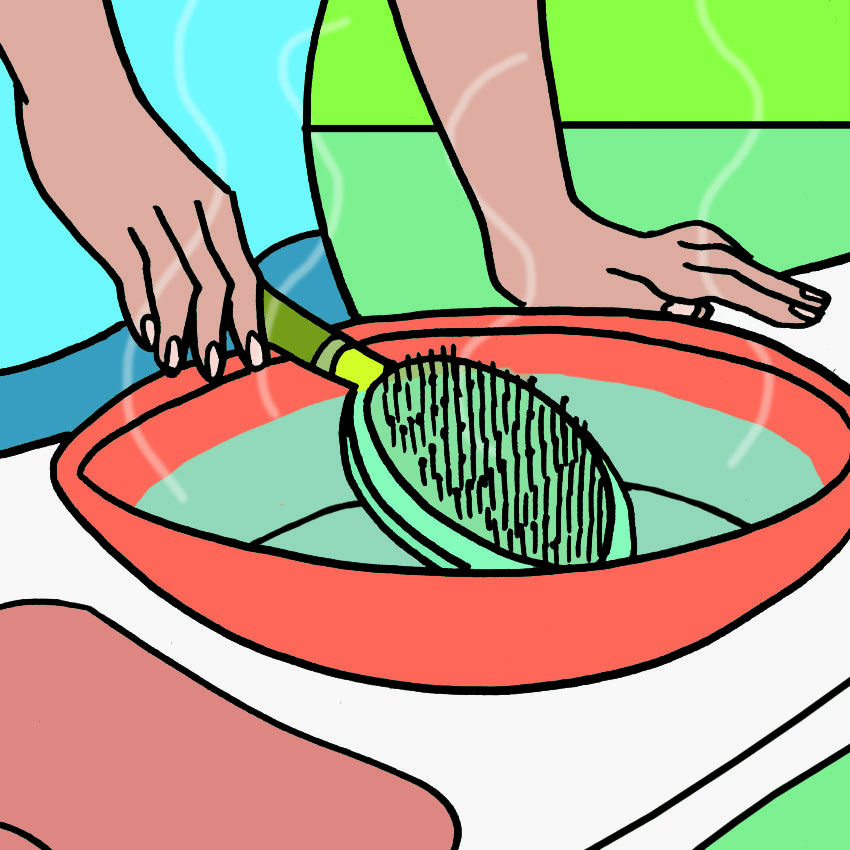
According to the FDA, one of the most important things you can do if you or someone in your household has lice is disinfesting all combs and brushes.
The way to do this, they explain, is by "soaking them in hot water (at least 130°F) for 5 to 10 minutes."
#3: Keep House Clean
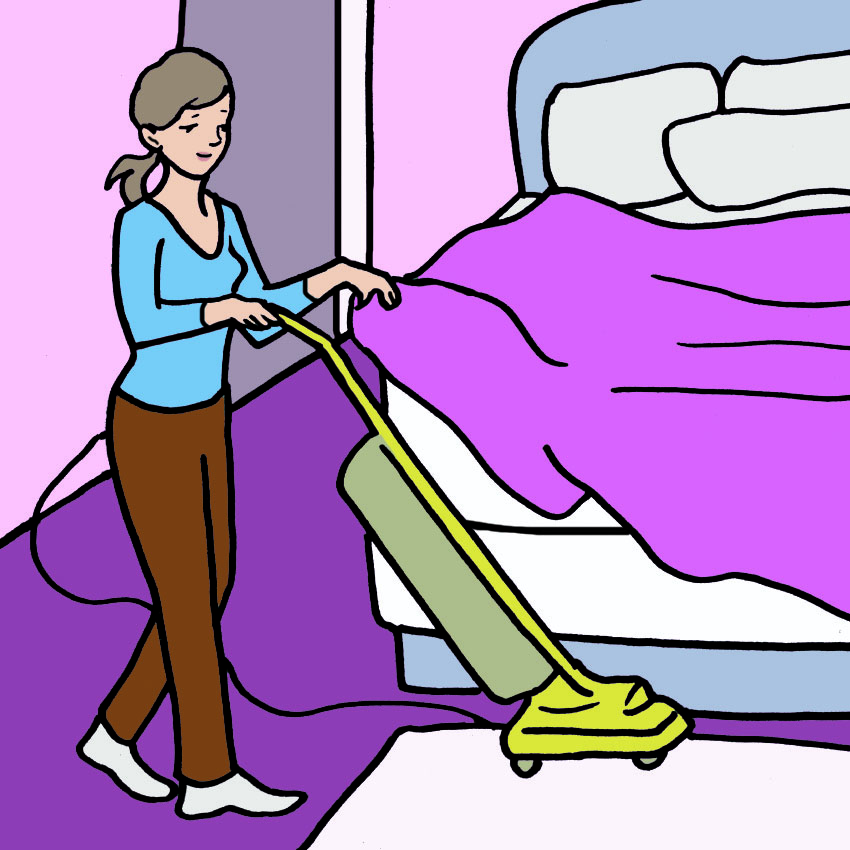
In addition to keeping your brushes and hair supplies clean, you also need to keep your house clean.
The FDA recommends that you "machine wash and dry clothing, bed linens, and other items using hot water (130°F) and a high-heat drying cycle. Clothing and items that are not washable can be dry-cleaned or sealed in a plastic bag and stored for two weeks… Vacuum the floor and furniture, particularly where the person with lice sat or lay."
#4: Use Lice Medication
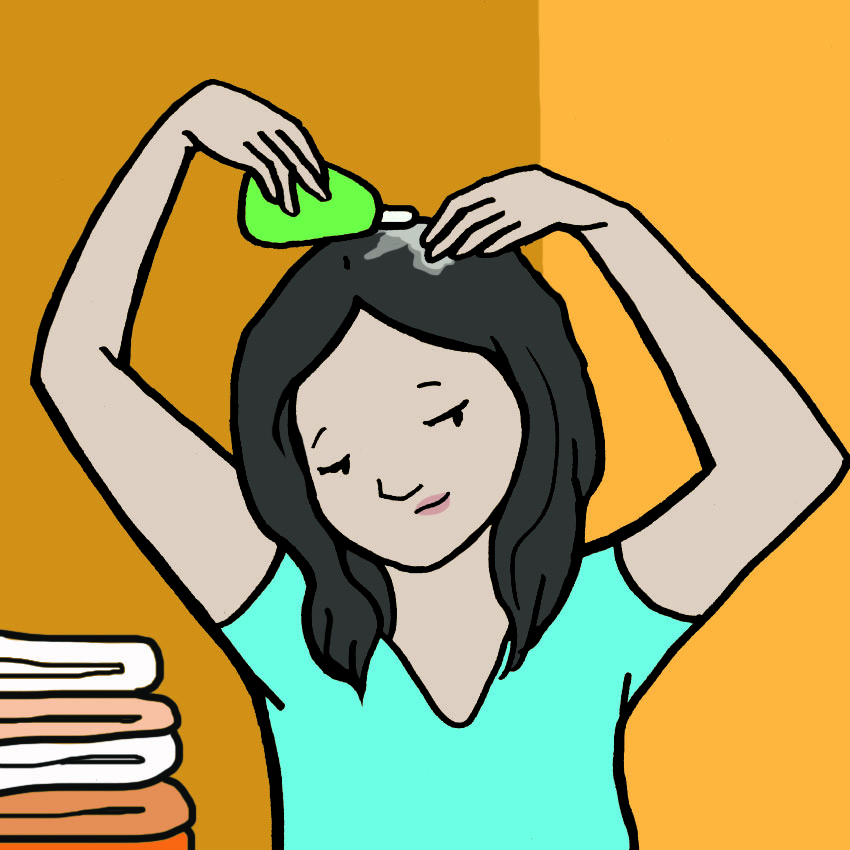
When using over-the-counter lice medication, follow the directions on the packaging.
Only use lice medication for people who have lice; don't use it as a preventative measure if you do not have lice.
#5: Comb Through Hair With A 'Nit Comb'
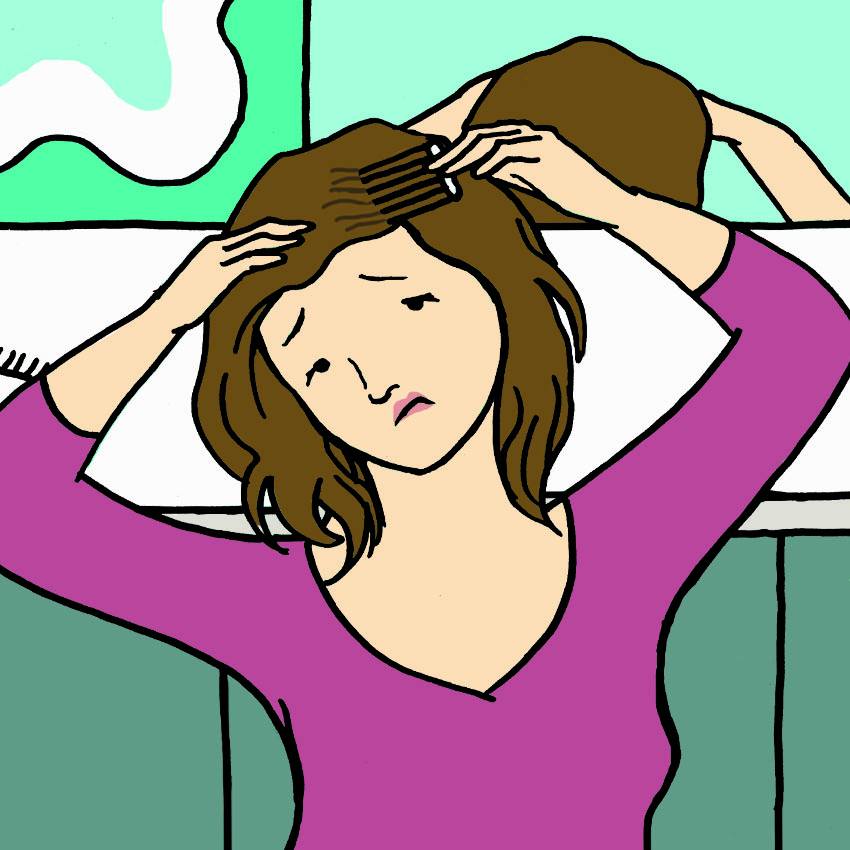
Once you've rinsed out the medication, use a nit comb to remove any dead nits or lice from the hair.
Part the hair and slowly work over the entire head, until you've gotten all the visible nits out of the hair.
When To See A Doctor
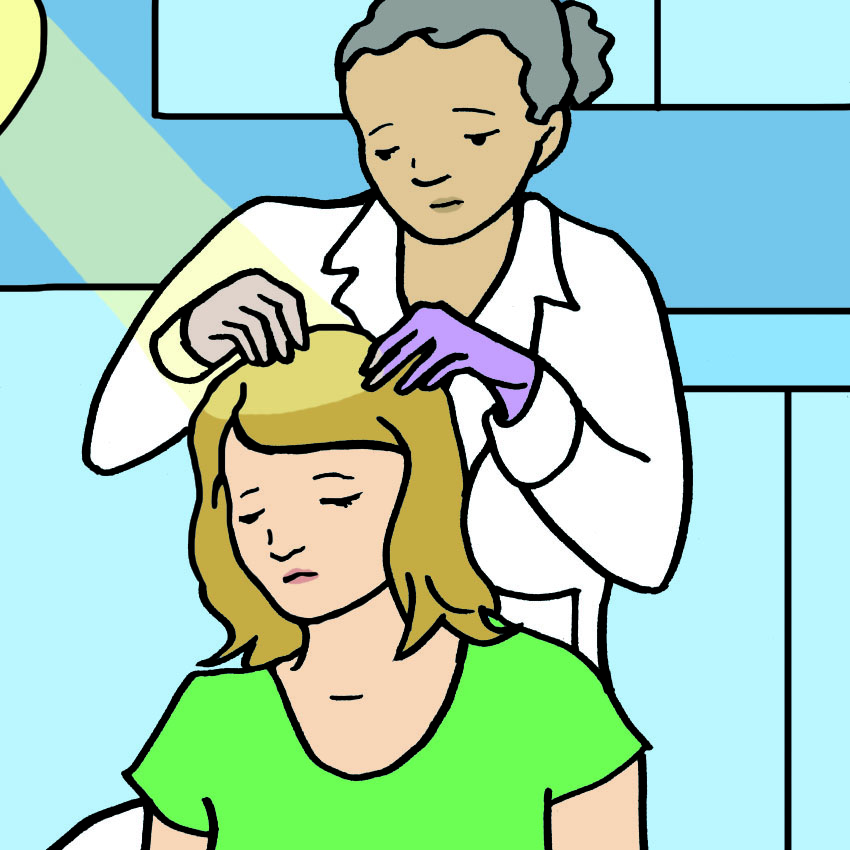
If you're not sure whether or not you have lice, you can go to a doctor.
Sometimes, over-the-counter medications won't be strong enough. In these cases, your doctor may be able to prescribe something stronger.
Please SHARE this article if you think people need to know more about head lice!
Pin It!
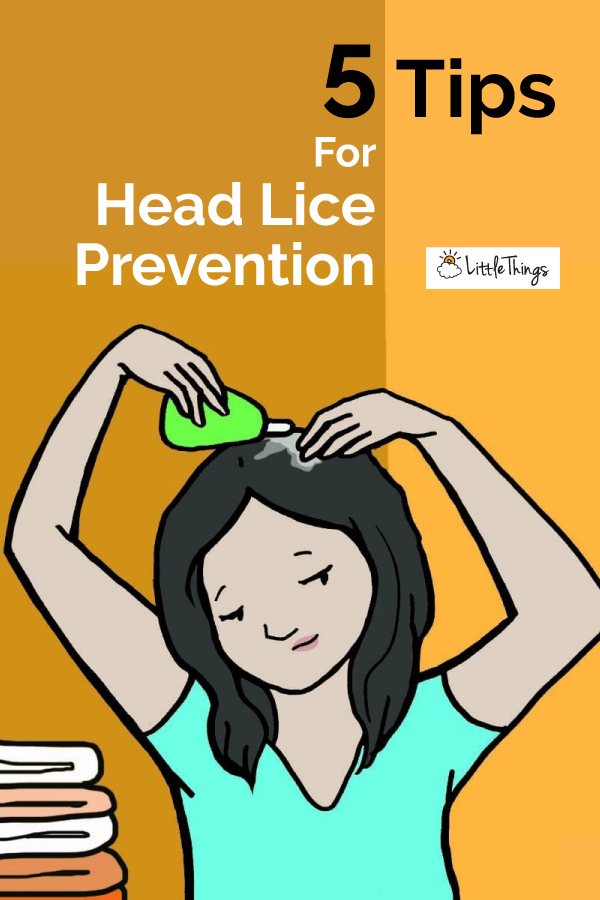
Pin these tips to help you prevent head lice from happening to your kid.

